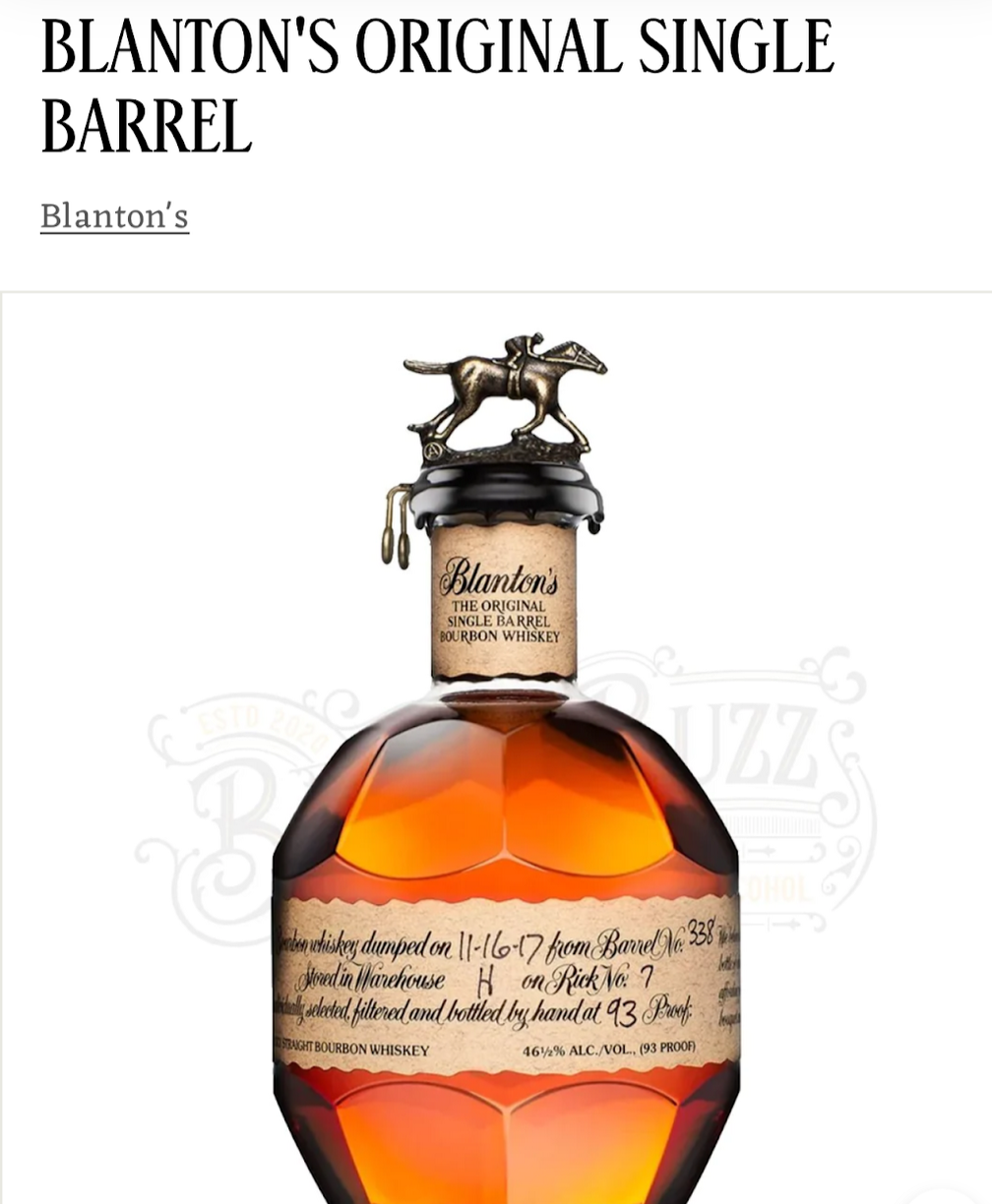Allocated Bourbon
Our friend, Nate, taught us about allocated bourbon this weekend, which refers to specific brands or batches of bourbon whiskey that are in high demand and have limited availability. Esteemed distilleries typically produce these sought-after bourbons, capturing the attention of whiskey enthusiasts and collectors alike. Allocated whiskey is available in very limited quantities. This list includes Bourbon, Rye, Single Barrel and Single Malt. The term "allocated" implies that the distribution of these bourbons is restricted, often limited to select markets or specific channels. These bourbons are usually released periodically, with limited quantities allocated to various retailers or distributors. Due to their scarcity, finding them can be challenging, prompting enthusiasts to join waiting lists or participate in lotteries for a chance to purchase a coveted bottle. Examples of allocated bourbons include renowned brands such as Pappy Van Winkle, Buffalo Trace Antique Collection, Four Roses Limited Edition Small Batch, Heaven Hill Parker’s Heritage Collection, and Blantons. These bourbons receive critical acclaim for their exceptional quality, craftsmanship, and distinctive flavor profiles. It's worth noting that the availability and allocation of bourbons can vary yearly, with different regions having distinct allocations. Therefore, checking with local retailers or whiskey specialty stores is advisable to inquire about specifically allocated bourbons and their availability. So, why do distilleries allocate their bourbon? 1. **Exclusivity and Demand:** Limited availability creates a sense of exclusivity, making allocated bourbons highly coveted among whiskey enthusiasts. 2. **Limited Supply:** Some bourbons are produced in limited quantities due to age requirements, production capacity, or ingredient availability. Distilleries allocate them to ensure fair distribution when demand exceeds supply. 3. **Quality Control:** Allocating bourbons helps distilleries maintain quality control by managing distribution and monitoring storage conditions, minimizing the risk of improper










